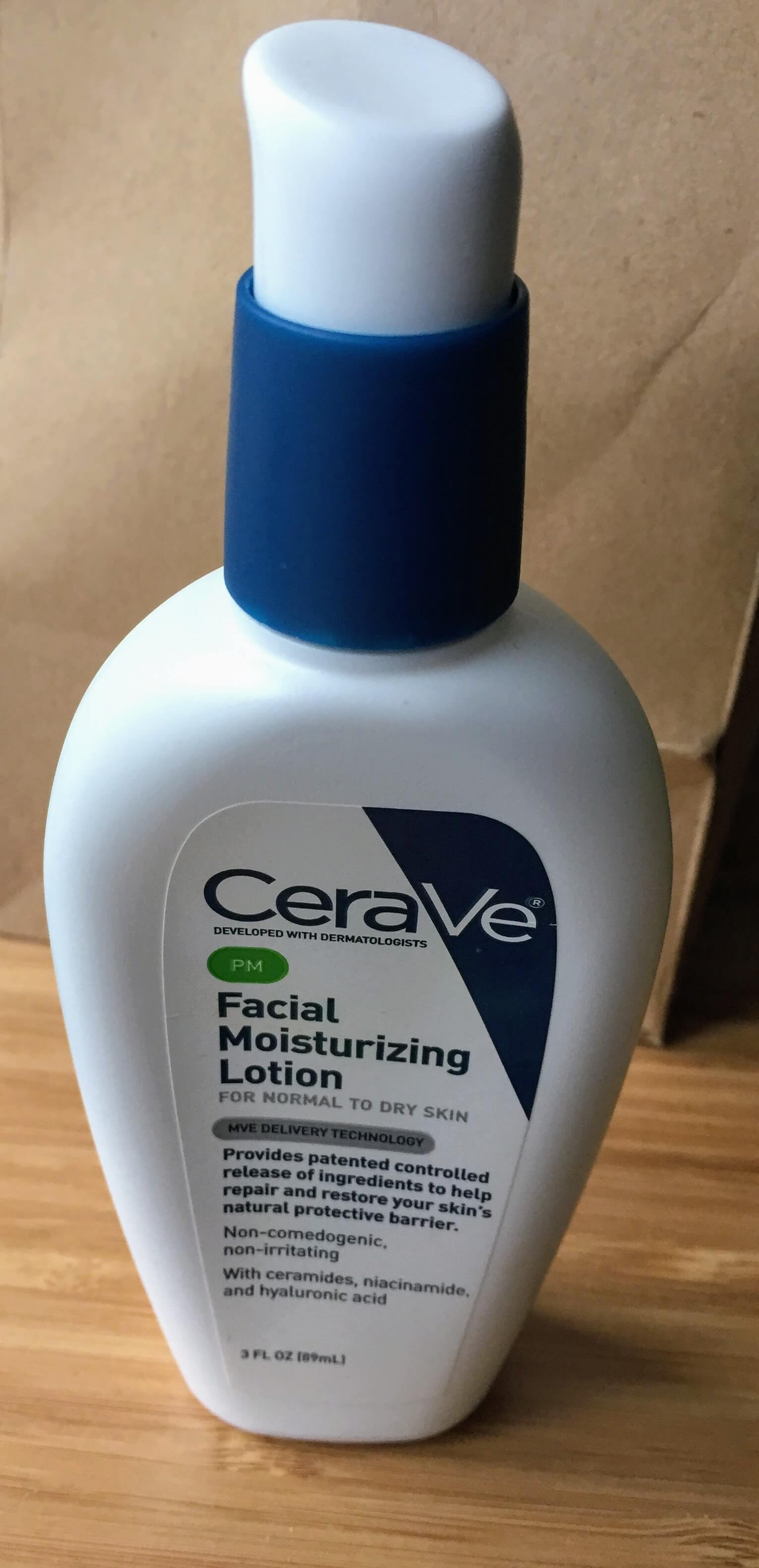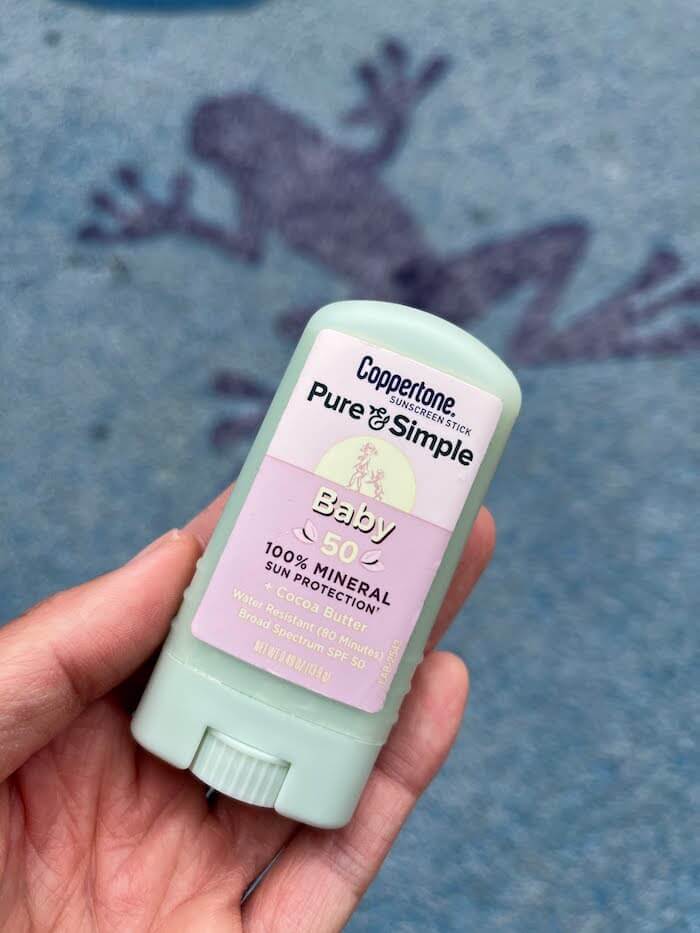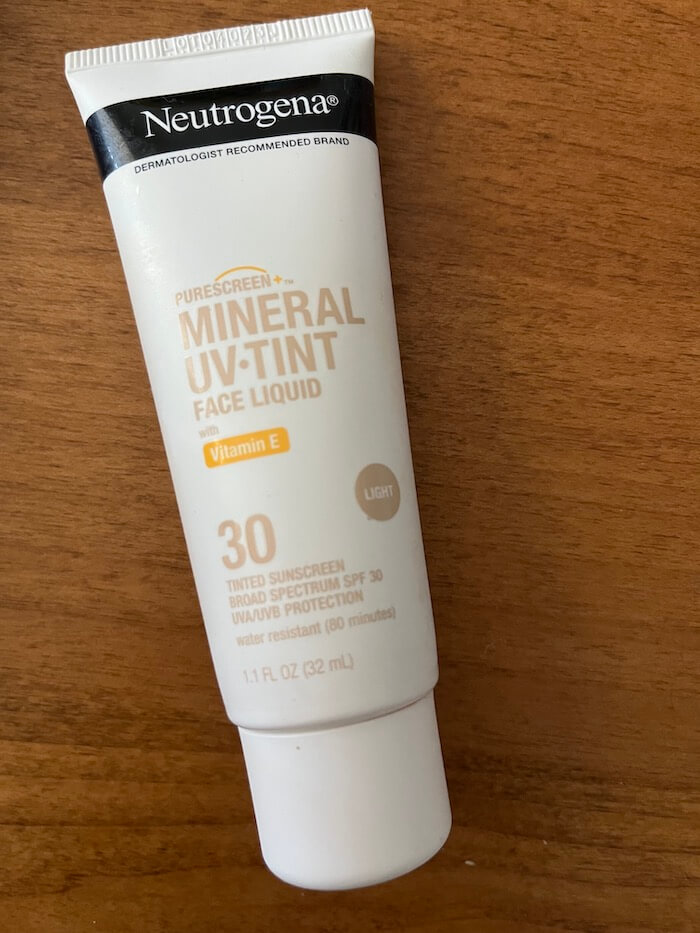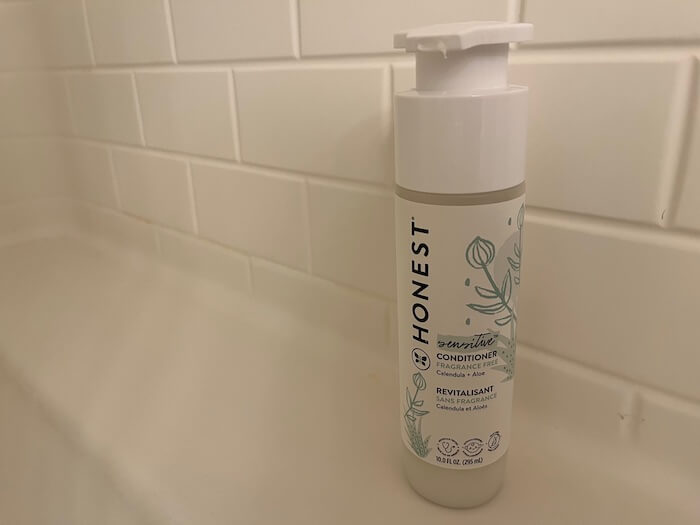CeraVe Facial Moisturizing Lotion PM Update: What changed in the new formula? (2018 edition)
If you love CeraVe Facial Moisturizing Lotion PM, is the new formula something to panic about? Plus, let's hear My Dad the Chemist's take on the changes.
Note: Check out the latest post about the formula change that occurred in 2020
If you read my last blog post, you know that I’m a fan of CeraVe Facial Moisturizing Lotion PM. It’s been my go-to nighttime moisturizer for a long time now.
I don’t recommend it for really dry skin, but it’s great for oily, acne-prone skin that needs a bit of moisturizing, particularly to offset the drying side effects of using a product like Differin. It’s also non-comedogenic, meaning it won’t cause breakouts. And even if you don’t believe the label when it says “non-comedogenic” (I don’t blame you!), it doesn’t contain anything from Acne.org’s list of comedogenic ingredients, if that counts for anything.
I was recently scanning through SkincareAddiction on Reddit, and I saw this thread, where I learned that CeraVe recently reformulated this product. My first thought was, “Ugh, how could they?” It’s like how, once you finally find a running shoe that you like, the brand decides to discontinue that style the next year, changing it just slightly enough to throw you off.
Except, this might be worse, because you can’t stockpile moisturizers the way you can running shoes—they have a shelf life.
But before panicking, let’s take a step back and compare the two formulas. Is this reformulation something we should be worried about?
How do you know if you have the old or new version of CeraVe Facial Moisturizing Lotion PM?
First things first, how can you tell if you currently own the new or old formula? According to one kind Redditor, who posted this photo, the old formula doesn’t have a moon icon next to the green PM icon, while the new one does.
As you can see below, I still have the old version (the green PM icon doesn’t have a moon next to it), but I’m almost running out. So, If I didn’t have my Frudia Citrus Brightening Cream, I would be kinda worried right now.

Side note on CeraVe
L’Oreal bought CeraVe (and AcneFree!) in January of 2017, so we may see more changes in CeraVe’s core products/formulas now that it’s under new management. And did you know that L’Oreal also owns La Roche-Posay? Crazy.
CeraVe Facial Moisturizing Lotion PM ingredients: Old formula vs. new formula
Let’s compare the ingredient lists of the old and new formulas of CeraVe Facial Moisturizing Lotion PM.
Old version ingredients:
purified water, glycerin, caprylic/capric triglycerides, niacinamide, behentrimonium methosulfate, cetearyl alcohol, ceteareth-20, cetearyl alcohol, ceramide 3, ceramide 6-ii, ceramide 1, phytosphingosine, hyaluronic acid, cholesterol, dimethicone, polyglyceryl-3 diisostearate, potassium phosphate, dipotassium phosphate, sodium lauroyl lactylate, disodium edta, methylparaben, propylparaben, carbomer, xanthan gum
New version ingredients:
purified water, glycerin, caprylic/capric triglycerides, niacinamide, cetearyl alcohol, ceramide 3, ceramide 6-ii, ceramide 1, phytosphingosine, hyaluronic acid, sodium hydroxide, dimethicone, behentrimonium methosulfate, ceteareth-20, polyglyceryl-3 diisostearate, cholesterol, xanthan gum, carbomer, disodium edta, dipotassium phosphate, potassium phosphate, sodium lauroyl lactylate, methylparaben, propylparaben
I wrote a quick Python script to help find the differences between these two lists. Here’s what it told me…
Ingredients included in both formulas:
xanthan gum, niacinamide, methylparaben, glycerin, behentrimonium methosulfate, propylparaben, dipotassium phosphate, cetearyl alcohol, potassium phosphate, purified water, caprylic/capric triglycerides, dimethicone, ceteareth-20, carbomer, phytosphingosine, cholesterol, ceramide 1, ceramide 3, hyaluronic acid, disodium edta, ceramide 6-ii, sodium lauroyl lactylate, polyglyceryl-3 diisostearate
Ingredients in the new formula but not in the old:
sodium hydroxide
Ingredients in the old formula that are missing in the new formula:
None.
Ingredients that were more prominent in the old formula (came earlier in old ingredient list than new ingredient list:
methylparaben, behentrimonium methosulfate, propylparaben, dipotassium phosphate, potassium phosphate, ceteareth-20, cholesterol, sodium lauroyl lactylate
Ingredients are more prominent in the new formula (come earlier in new ingredient list than old ingredient list):
xanthan gum, cetearyl alcohol, dimethicone, carbomer, phytosphingosine, ceramide 1, ceramide 3, hyaluronic acid, disodium edta, ceramide 6-ii, polyglyceryl-3 diisostearate
Interestingly, the three ceramides + the hyaluronic acid now appear earlier in the ingredient list in the new formula, which could be a good sign?
Ingredients that appear in the same spot on the ingredient list across both formulas:
niacinamide, glycerin, purified water, caprylic/capric triglycerides
By the way, this script can be adapted to compare ingredients for any two products. I’ll write another post soon to help explain how I wrote it, the logic behind it, and how you can easily adapt it to meet your needs.
What does my Dad the Chemist think about the reformulation of CeraVe Facial Moisturizing Lotion PM?
I was curious to get my dad’s thoughts on what might have changed between formulas, so I sent him both ingredient lists and asked him for his thoughts. Here’s what he had to say.
His response:
I don’t see the complete composition, therefore I can only say if the new formula has the same amount of each active (functional ingredient), it should be a better formula. Can you tell me what is the difference that you see? Any difference after you applied? I think either formula is a better formula than “Cetaphil” or “Vaseline”, it’s more expensive yet may be worthy! Love, Dad
Then he sent another follow-up response…
As a consumer, I have a tendency to overreact when I see that a company has changed one of my favorite products. It was already working—why’d they have to go and change it?
It was interesting to consider that there are many possible reasons why the company may have chosen to reformulate this product—some of which won’t negatively impact the actual effectiveness of the product from a consumer standpoint.
Possible reasons for reformulation:
- The company received feedback from consumers/focus groups that they wanted a “more spreadable formula,” which may contribute to the new formula’s runnier consistency. Personally, I think the old formula was already spreadable enough, so I don’t think this is the real reason.
- To reduce the cost, the company may have reduced the dosages of the ceramides and hyaluronic acid. If this is the case, this would make the new formula less effective. However, since my dad cannot see the actual complete composition, only the ingredient list, he has no way to confirm if this is the case. Since the ceramides and hyaluronic acid appear earlier in the ingredient list, it’s a good sign that the company didn’t decrease the dosages (but we don’t know for sure).
- The formula was changed to remain more stable at different storage temperatures. This means that they simply altered the emulsifiers in the old formula to make it a more robust formula (perhaps more suited to remain stable at extreme temperatures?). If this is the case and the new formula still contains the same or higher dosage of beneficial ingredients as the old one, it may actually be a better formula.
- The new formula includes a new ingredient that wasn’t in the old formula: sodium hydroxide (lye). This may make it more irritating for some people.
My Dad opened my eyes to the other side of things a little bit: the business’s side. Let’s play devil’s advocate for a minute and consider the possibility that even if the new formula is runnier, it doesn’t necessarily mean that it isn’t just as beneficial for your skin. After all, it still contains many of the same ingredients, although probably in different amounts/ratios.
And as my dad said, “if the new formula has the same amount of each active (functional ingredient), it should be a better formula.” Of course, without seeing the actual formula, we can’t know for sure.
Until I buy a bottle of the new formula, I can’t say for sure, but I will report back after I try it. Here’s hoping that it still works just as well as it did before (or dare I say, better?).
Related reading
- CeraVe Facial Moisturizing Lotion PM formula change: What’s different in the new formula? (2020 edition)
- CeraVe Foaming Facial Cleanser Update: What changed in the new formula?
- Other formula comparisons
- CeraVe Facial Moisturizing Lotion PM vs. CeraVe Skin Renewing Night Cream Review
- Skin care tips from a dermatologist: Q&A with Aegean Chan, MD, FAAD





Share this post
RSS
Facebook
Reddit
Email